Calls for creation
A regional fund for the creation of contemporary tapestries was established in 2010. It is supported by the Regional Council of Nouvelle-Aquitaine, the Departmental Council of Creuse, and the Creuse-Grand-Sud Community of Communes.

Presentation
In this context, a call for creations is launched every year. The winning works are intended to be woven using the tapestry techniques of Aubusson, recognized by UNESCO. The tapestries and their designs are added to the collection of the Tapestry Museum, thus enriching it with high-level contemporary pieces.
"By assembling, gluing, mixing figures drawn from popular culture and high culture, I make the most eloquent associations possible according to my pleasure. This dialogue between the past and the present, which is deeply embedded in my work, is all about fun."
 Discover
DiscoverBenjamin Hochart uses a method of working called "dodecaphonic," echoing Schönberg's atonal music, to define structures that act like musical scores. Before starting to draw, he uses pencils, markers, inks, etc., in a specific order. He begins at the center of the paper with the first tool and only returns to it after using all the others, one by one. The models for Blink#0 were created using this process.
Caught by the textile material of the tapestry, whether the gaze focuses on details or larger ensembles, colours, spaces, lines, and stains are supported by the textures of the weaving, enhancing the spatial presence of the landscapes evoked.
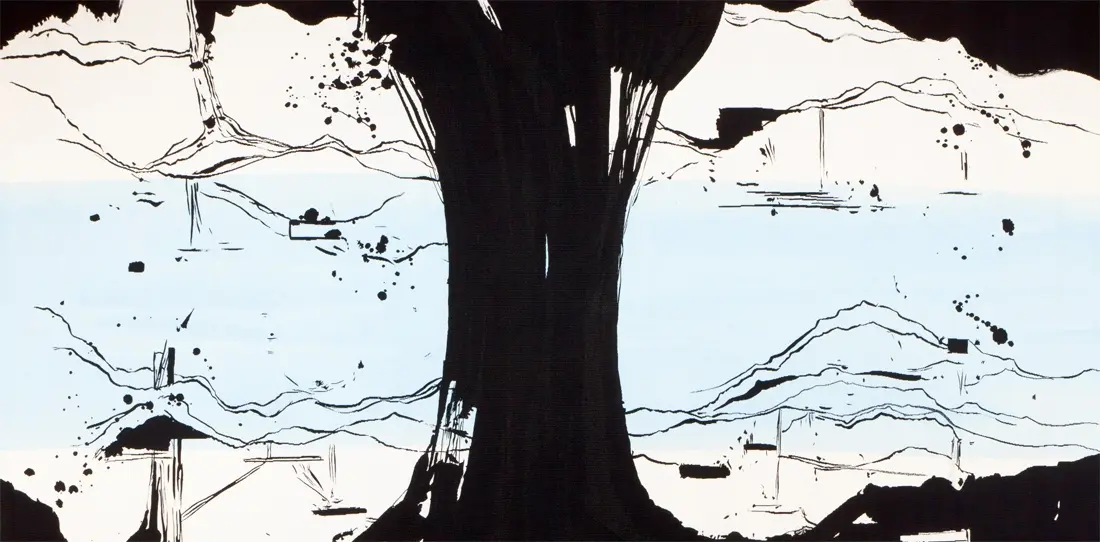 Discover
DiscoverSound and space are the fields of exploration for Cécile Le Talec. "When I discovered the existence of whistled language, it was like the discovery of a treasure... the language of birds spoken by humans: between music and words. (...) Following my encounters with linguists and ethno-musicologists, I began my 'expeditions' and 'explorations of languages' across the world (...). My collaborations and meetings with whistle-blowers allowed me to create and produce artistic projects that were nourished by whistled language and its extraordinary uniqueness."
 Discover
DiscoverMarc Bauer is a draughtsman who uses the past, both collective and individual history, to invent a subjective rewriting. "I see my drawings as a kind of archaeology that tries, sometimes with humour, sometimes with despair, to bring up emotions and events." Marc Bauer uses various mediums: paper, wall, tapestry, film, aluminium, etc. His colours are predominantly those of charcoal and black ink.
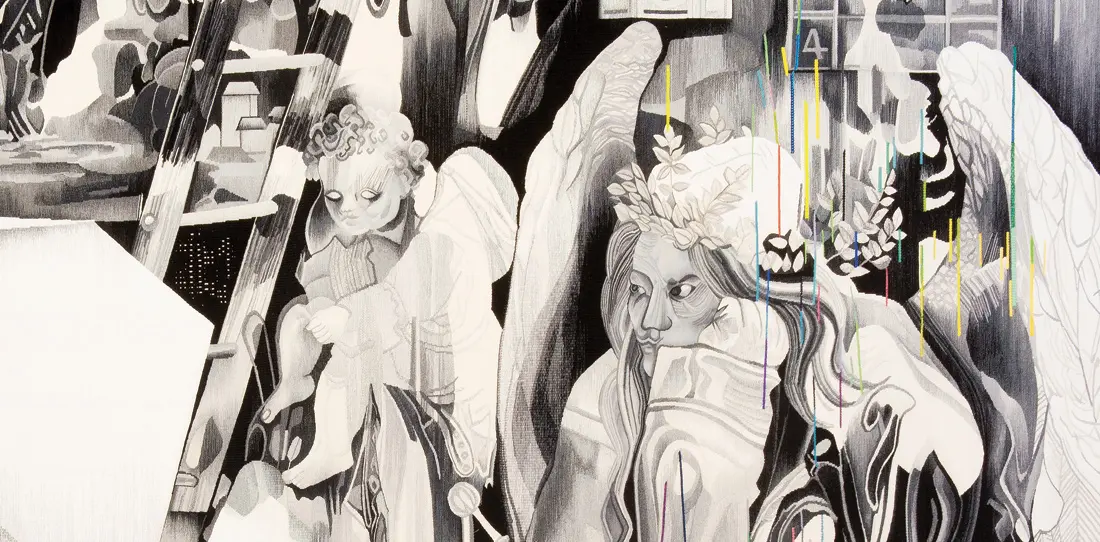 Discover
DiscoverThe works of Mathieu Mercier use everyday objects, with the artist changing the perception of their reality and bringing them into the realm of conceptual and minimalist art. He blurs genres and certainties, playing with subversions and distortions, assemblies and associations. His work is also a way of thinking about time and space in a metaphysical approach.
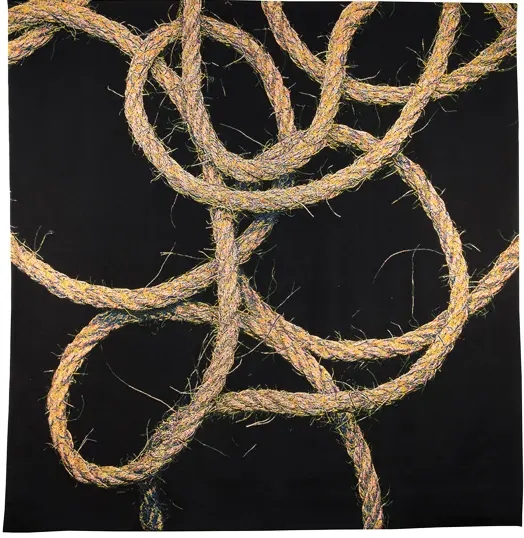 Discover
DiscoverBetween art, design, and architecture, "Bina Baitel cultivates experimentation to transform concepts into objects and spaces. (...) The designer questions our relationships and interactions with the objects around us. She explores their common codes to propose concepts with strong inspirations where uses and allegories confront each other" (Studio Baitel).
 Découvrir
Découvrir
Marie-Laure Bourgeois and Vincent Bécheau design interior and urban furniture as well as sculptures. Toute personne 2 is part of a series of creations that use writing and promote activism in favor of peace.
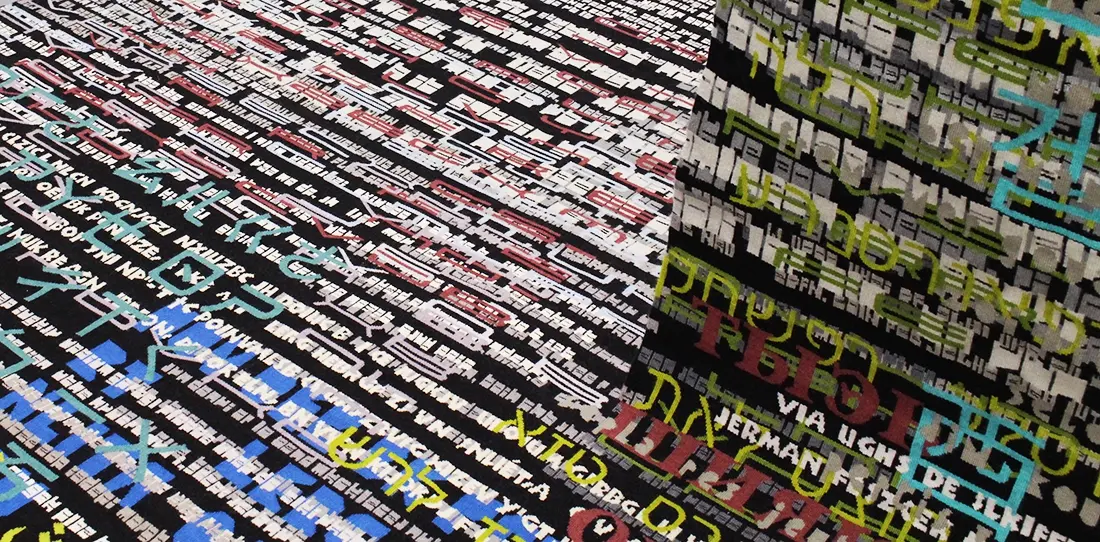 Discover
DiscoverBoth designers, Quentin Vaulot and Goliath Dyèvre, have here proposed a fiction: a mad scientist allowed himself to be locked in the museum and took fragments of ancient greenery from the 16th and 18th centuries. He worked in a secret laboratory on genetic manipulation protocols aimed at creating greenery more resistant to contemporary climate issues.
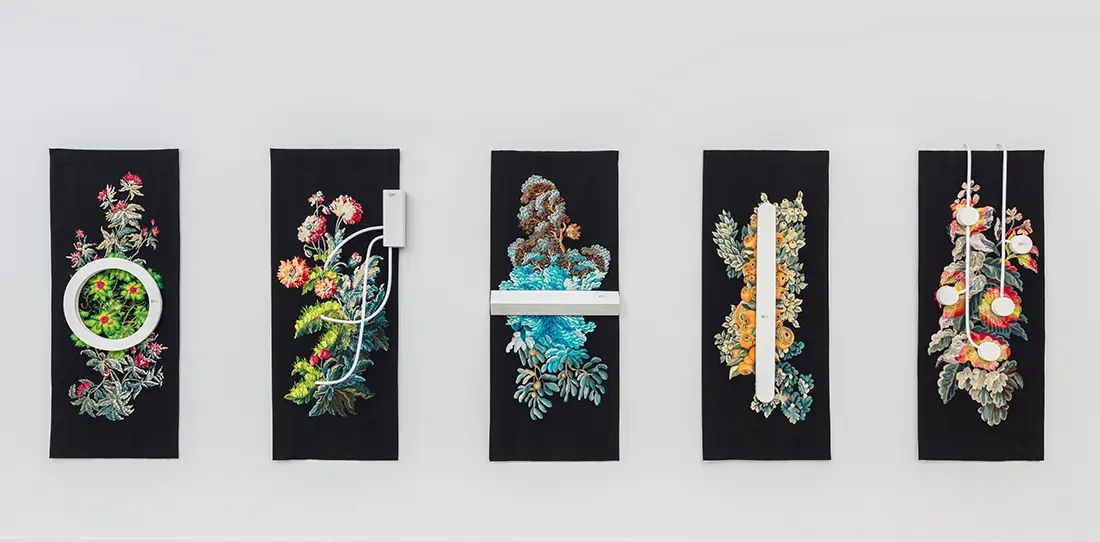 Discover
DiscoverLéo Chiachio and Daniel Giannone are a couple of artists, inspired by their shared life, which they illustrate in colorful and sophisticated embroidered textile works, blending baroque, kitsch, and popular styles. Both embroiderers themselves, they have gained significant fame in South America. Many works have even been given to their dog Piolin, who is, in fact, the owner of a museum, the Mupi Museo Piolin.
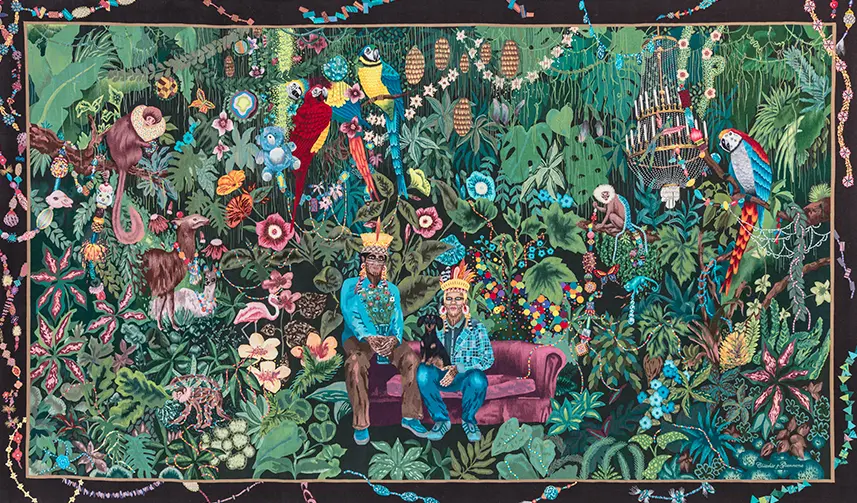 Discover
DiscoverDiane de Bournazel is a painter and illustrator who most often works on a small scale, creating illuminated works, illustrations for children's publishing, and unique, precious artist’s books. Her world is poetic, intimate, and gentle, inspired by primitive, Orientalist, and Pre-Columbian art and cultures.
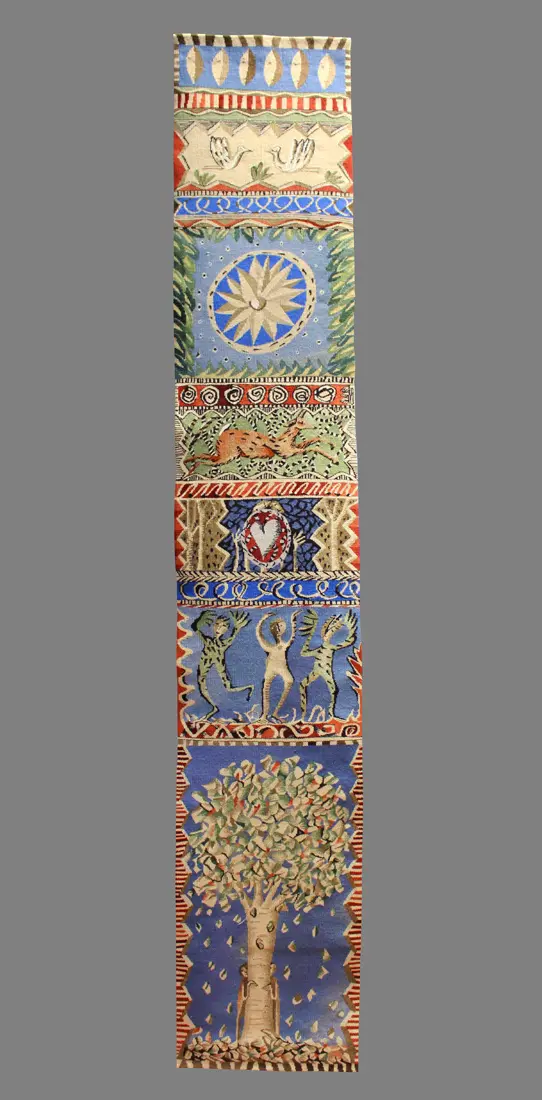 Discover
DiscoverJane Harris develops a minimalist and geometric approach to painting in which she abstracts nature. Her study of Japanese and French garden art led her to view objects and forms—despite being placed in perspective—on the same visual plane.
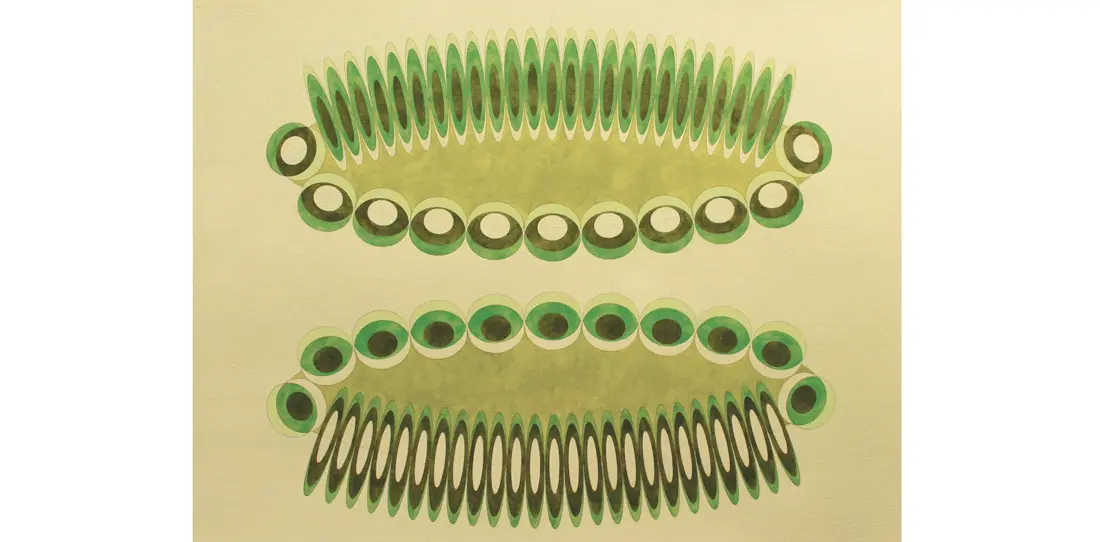 Discover
DiscoverPascal Haudressy focuses his work on movement, materiality, and immateriality. “He explores the profound transformations of our world, where biological entities have never coexisted so closely with digital forms of life. Each of his works creates a link or a reconciliation between past and future, nature and human activity, science and myth, or East and West.
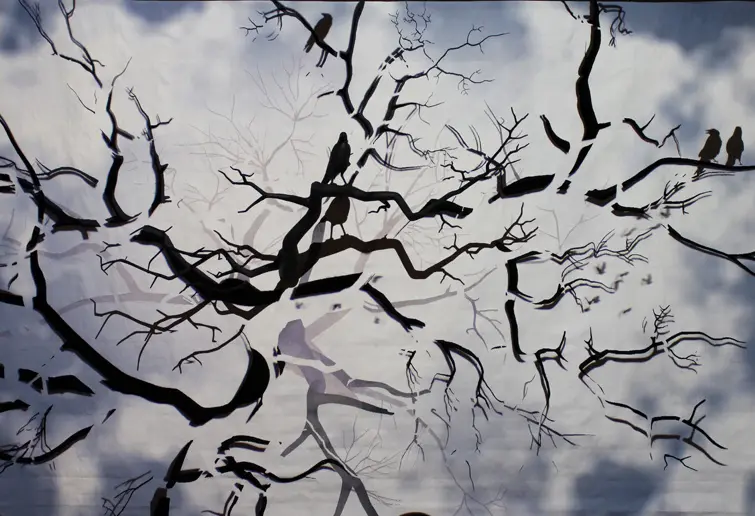 Discover
DiscoverChristine Phung is a fashion designer. Her work lies at the intersection of strict elegance and luxury sportswear. “The woman I dress is an explorer. She is constantly venturing into new places and spaces—including the digital realm, which fascinates her, as she regularly navigates between the digital and the real.”
 Discover
DiscoverPrisca Vilsbol and Dagmar Kestner are fashion designers. They share a creative approach that lies halfway between fashion and sculpture. Dagmar creates highly structured and organic garments and jewelry.
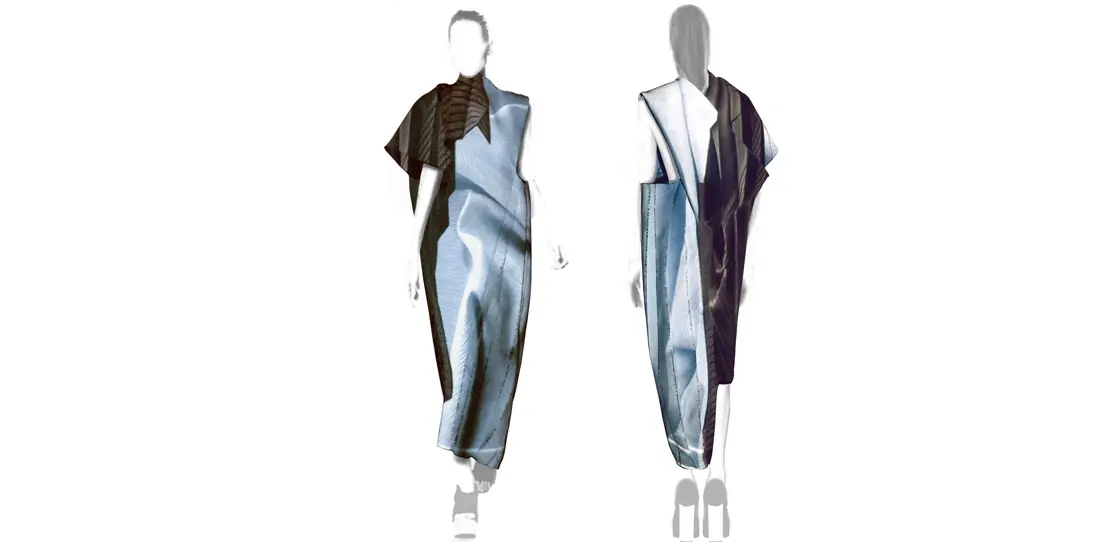 Discover
DiscoverAlessandro Piangiamore is an artist notably inspired by nature, the elements, mineral and organic materials, natural history, and rituals.
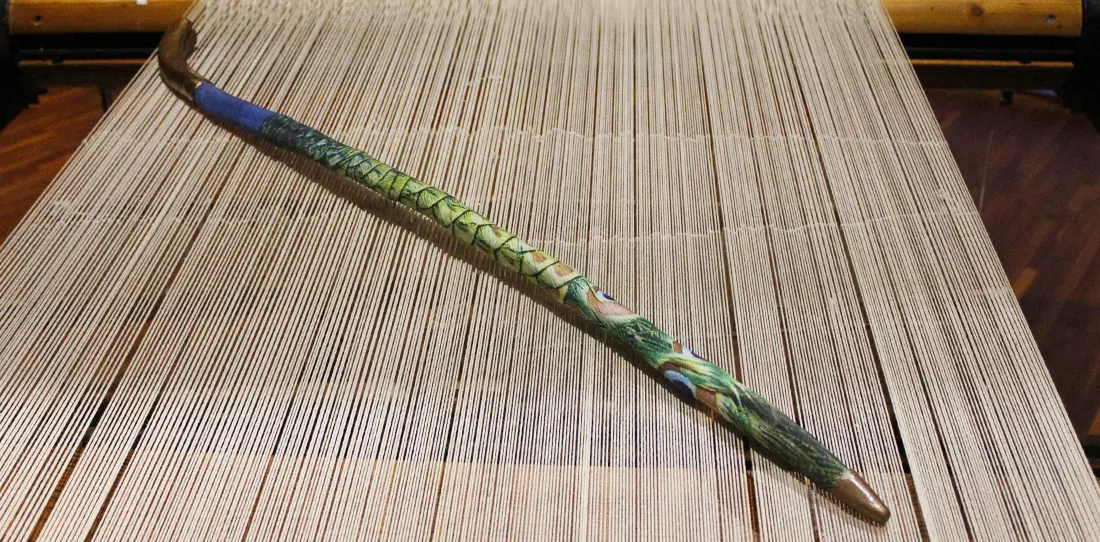 Discover
DiscoverFashion designer Maroussia Rebecq (also known by the brand Andrea Crews) offers a streetwear style that is youthful, colorful, and often unisex, playing with material mixes, prints, and the reinterpretation of clothing codes. She has created all kinds of fanny packs. Using this simple object, she imagined a series featured on a wall tapestry, like a large pattern displaying bags ready to be cut and sewn.
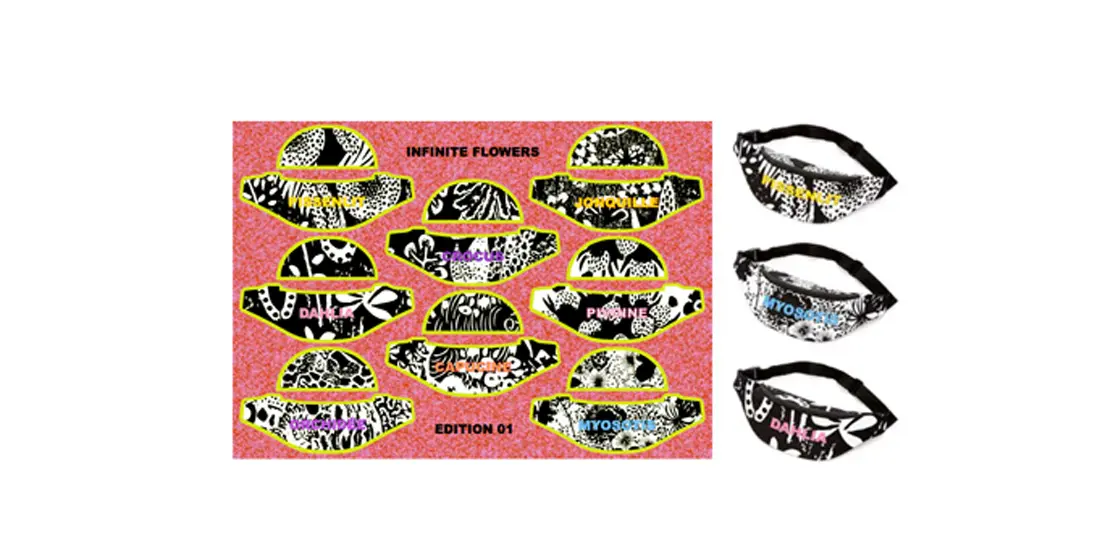 Discover
DiscoverVincent Blouin and Julien Legras are two designers partnered in the collective Élément Commun. They share an interest in scientific and technical fields and focus their work on the uses and characteristics of the environment. They specialize in product innovation and scenography, both conceived with careful attention to the properties of materials.
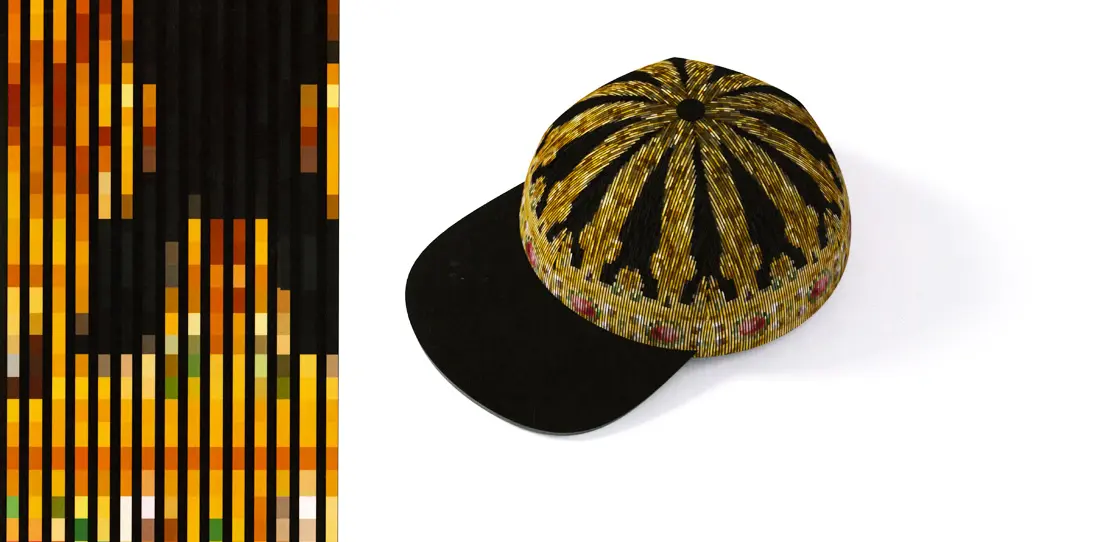 Discover
DiscoverCapucine Bonneterre is an artist particularly inspired by "what is not immediately visible, what brushes the invisible, and slides into poetry (…) the reverse side of a woven label, resembling an abstract landscape of floating threads, games of transparency and layering, the movement of fabric on the body (…)".
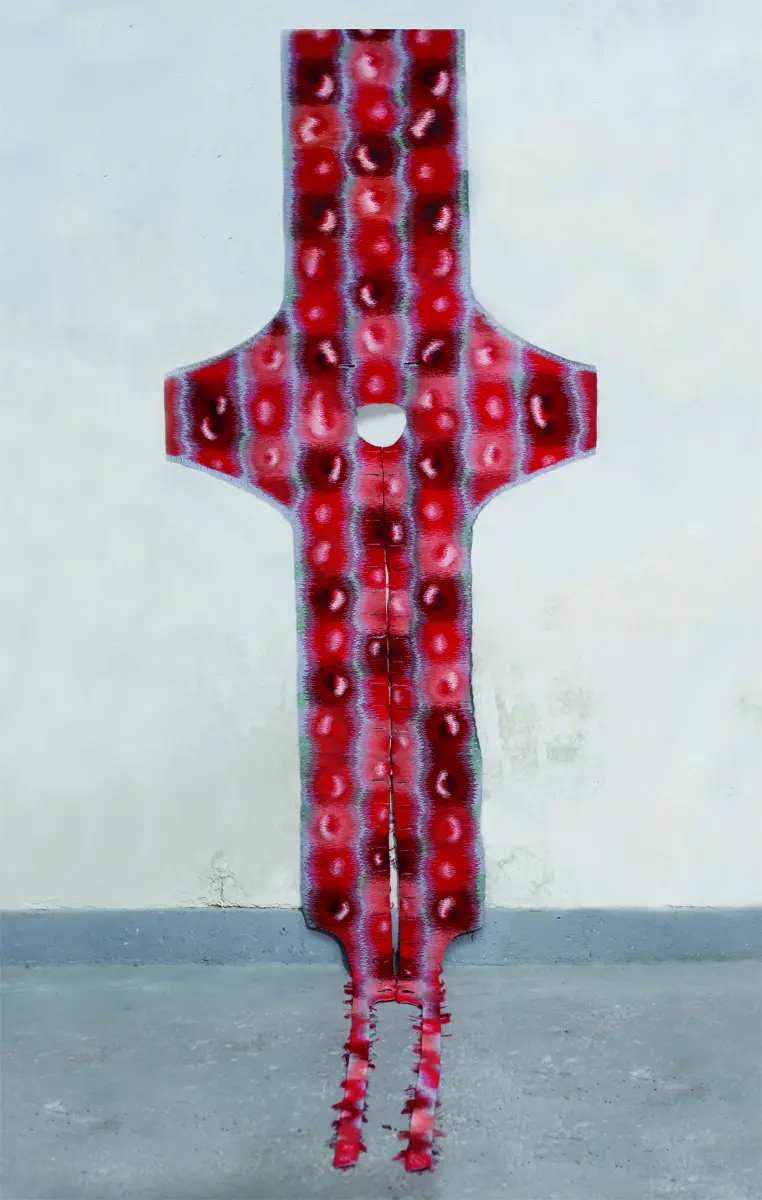 Discover
DiscoverEva Nielsen is a painter and artist, creator of unique elsewhere landscapes viewed through the prism of monuments, porticos, architectural elements, and drapery. Time remains stationary in the present, but also equally in the past and the future, with a strange documentary presence where photographic and pictorial qualities merge, blurring boundaries and spaces while maintaining the precision of an archaeological reality. Her paintings open up into a depth of planes, where the presence of objects in space-time is accentuated.
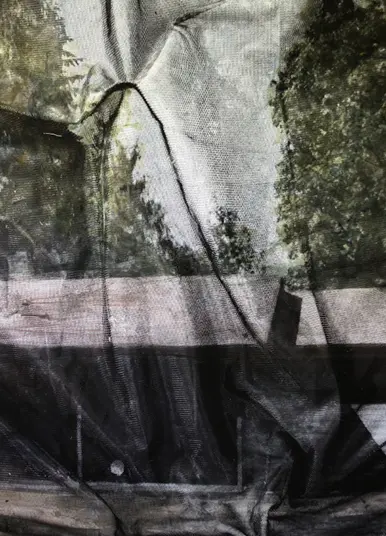 Discover
DiscoverThe artist Marie Sirgue plays with object détournement, trompe-l’œil techniques using mismatched materials, giving a new identity and an even greater sense of nobility to the reference object, especially when it is banal, humble, or sometimes outdated. Her installations, deployed in urban spaces, architectures, and interiors, provoke a confrontation between what is familiar to us and the unusual. Coherent formal evocations meet the impossible.
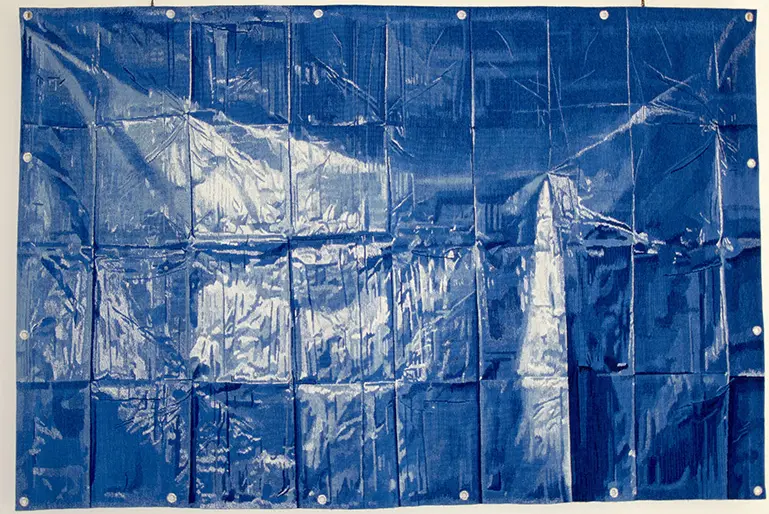 Discover
DiscoverWorking on the question of the connection and hierarchy between "noble arts" and "minor arts," Sébastien Gouju humorously reinterprets traditional Aubusson verdure tapestries.
 Discover
DiscoverFor the 2019 edition of the Cité Internationale de la Tapisserie's call for creation, themed "The Open Work: Tapestry in Extension," aimed at rewarding projects that integrate tapestry into decorative ensembles, Anne-Laure Sacriste was awarded the Grand Prix for Paradis. The project, approximately 2 meters high, combines tapestry, panels, copper checkerboards, and glazed ceramic objects.
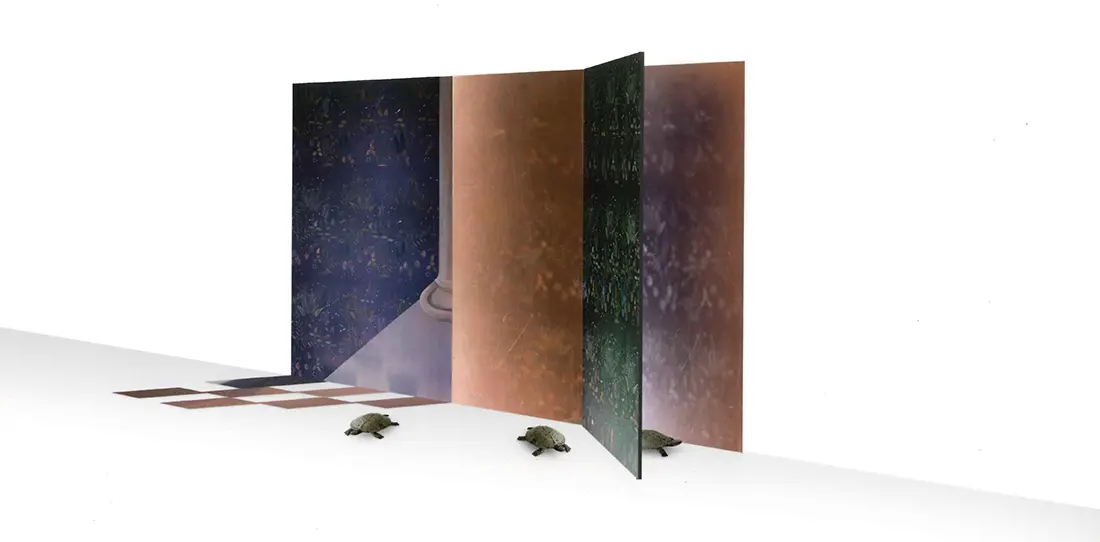 Discover
DiscoverIn line with his work to "bring painting out of the frame," Raphaël Barontini has explored the intersection between the centuries-old practice of low-warp tapestry and more contemporary textile techniques such as printing and screen printing.
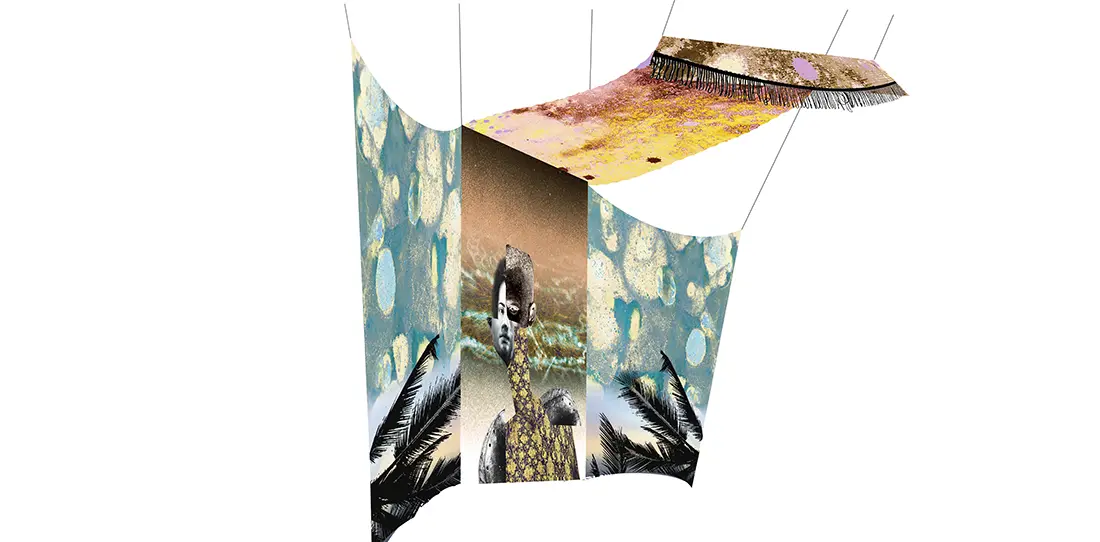 Discover
DiscoverA tapestry project measuring 3.85 x 1.80 m, in association with a costume (a painted leather coat, leather pants, a lace bodysuit), possibly worn as part of a narrative performance, a high chair, and its metal, glass, and fabric tray. The setup may be completed with a carafe and glasses.
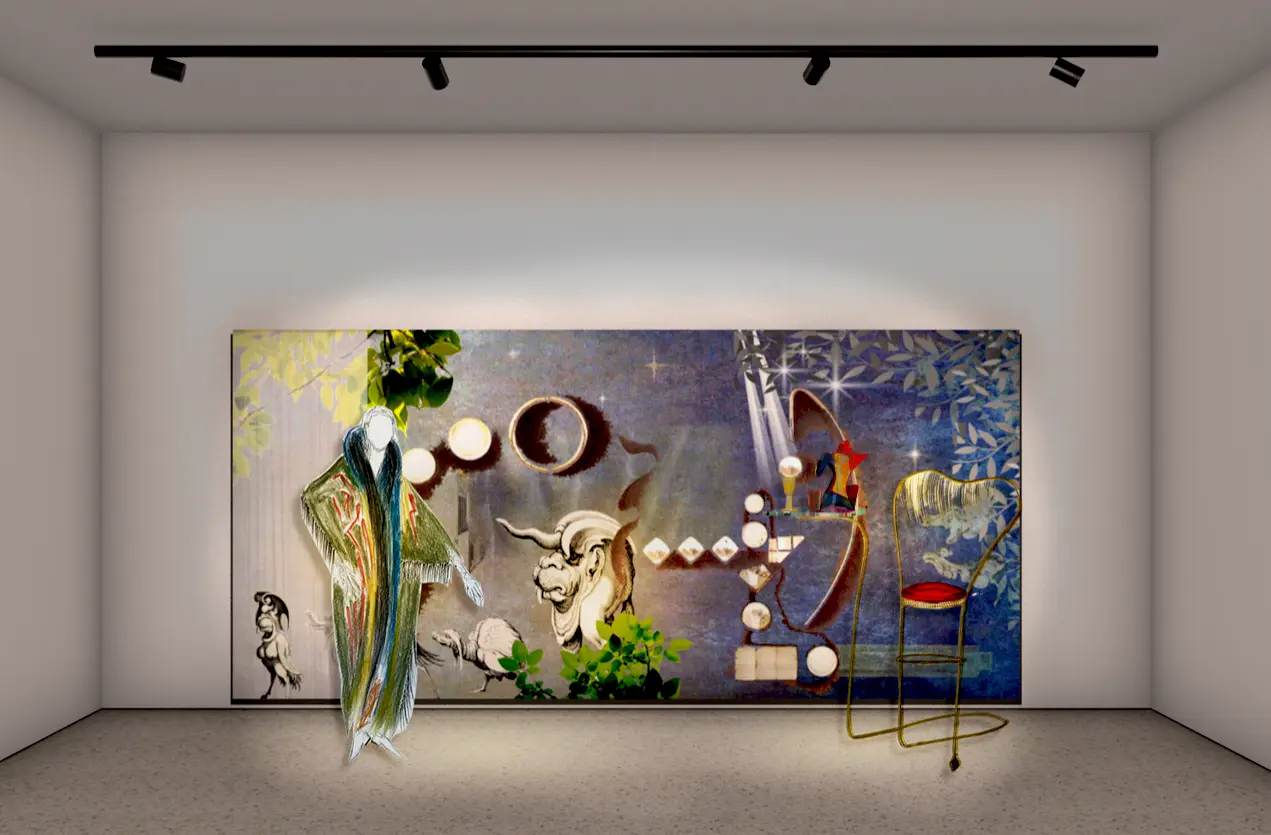 Discover
DiscoverA tapestry project associated with six pieces of furniture created using the technique of limestone petrification.
 Discover
DiscoverA tapestry project associated with a ceramic sculpture, leather spheres that can serve as seating, a three-dimensional mirror on a wooden frame, and a polished-mirror etched sheet metal mirror.
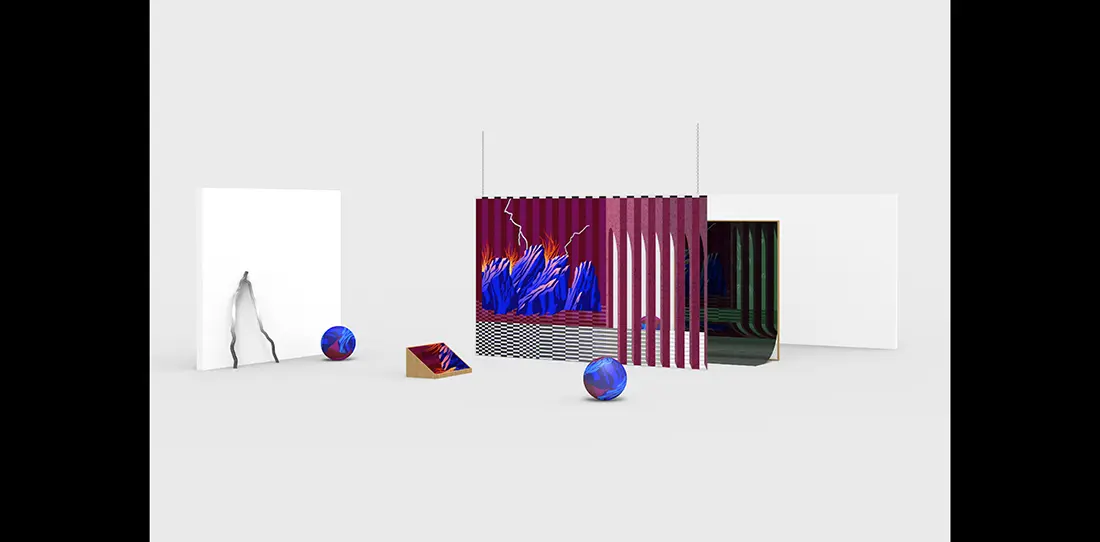 Discover
Discover